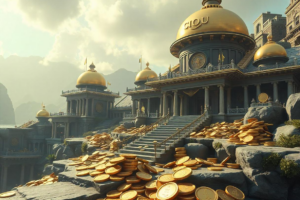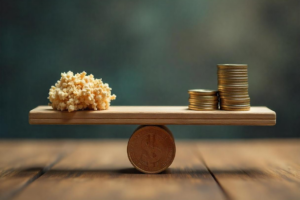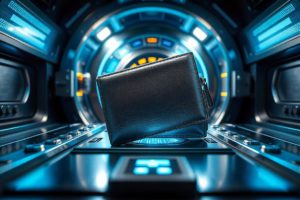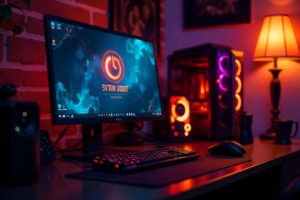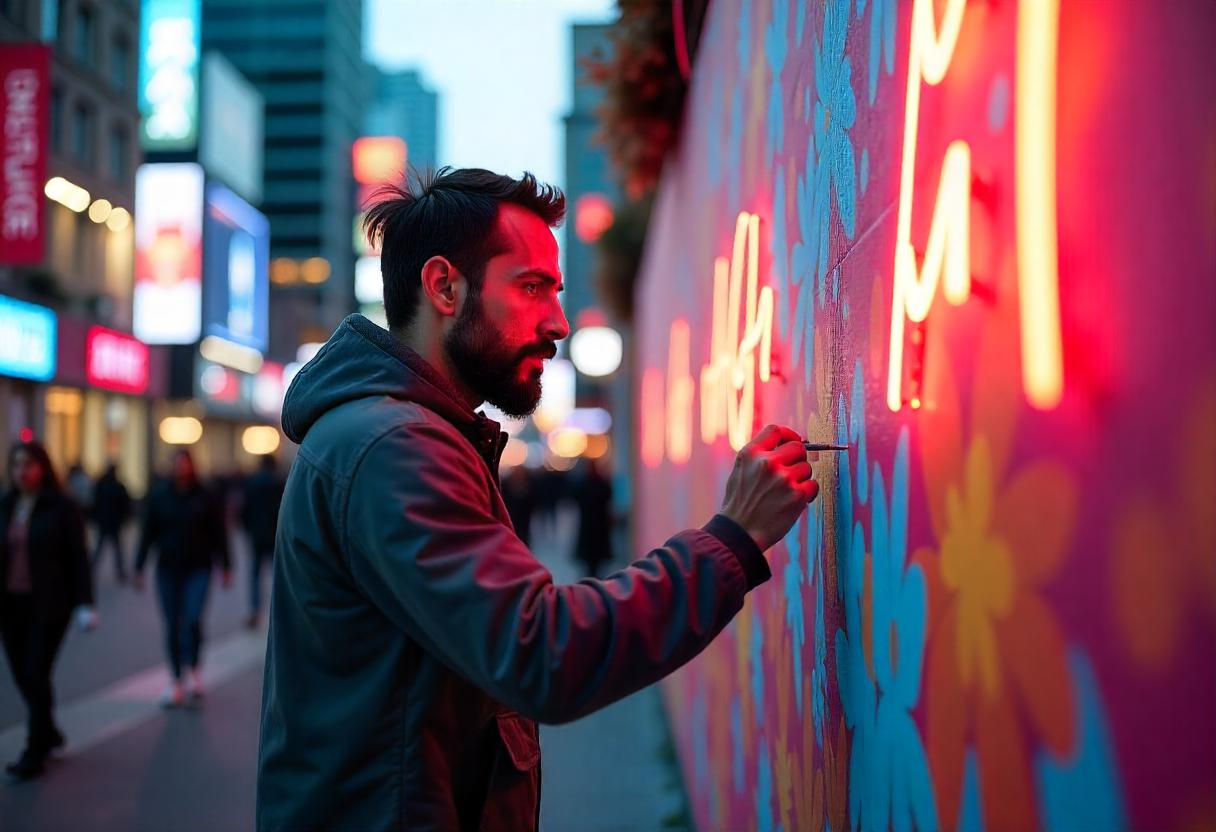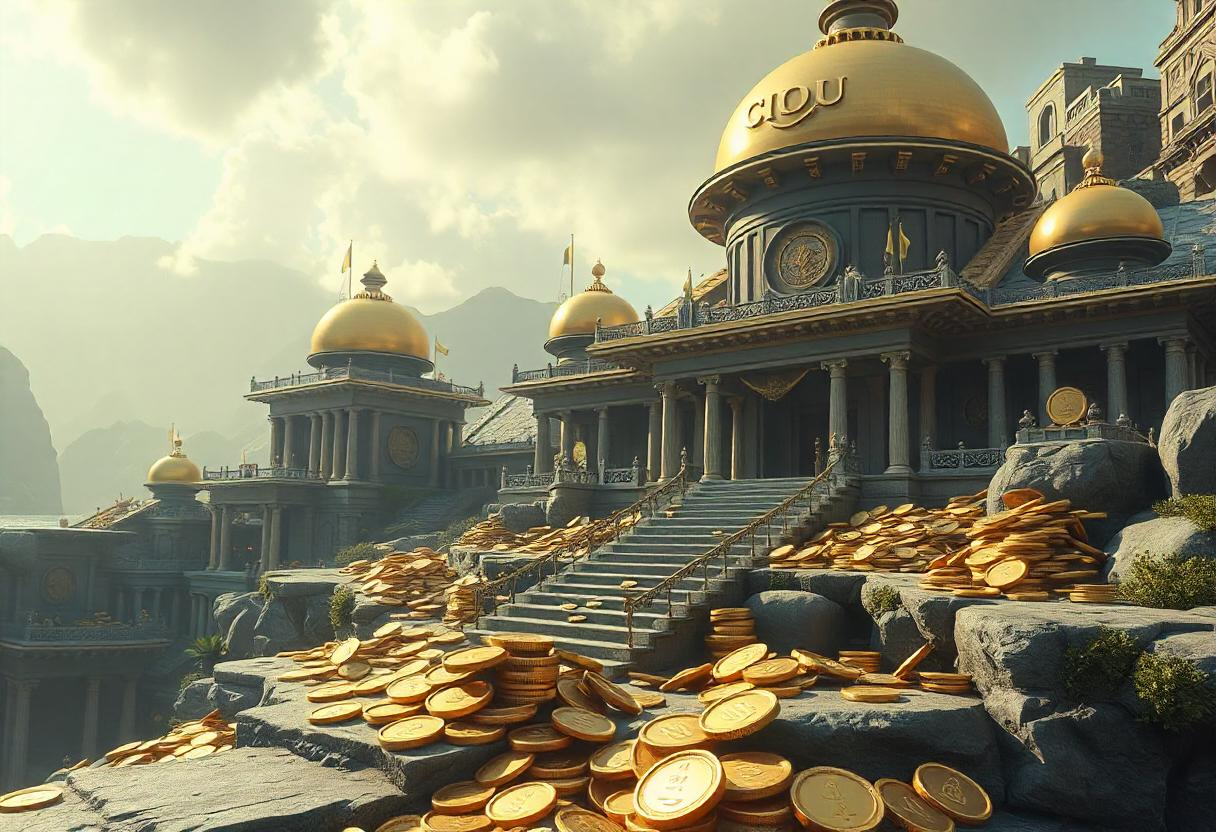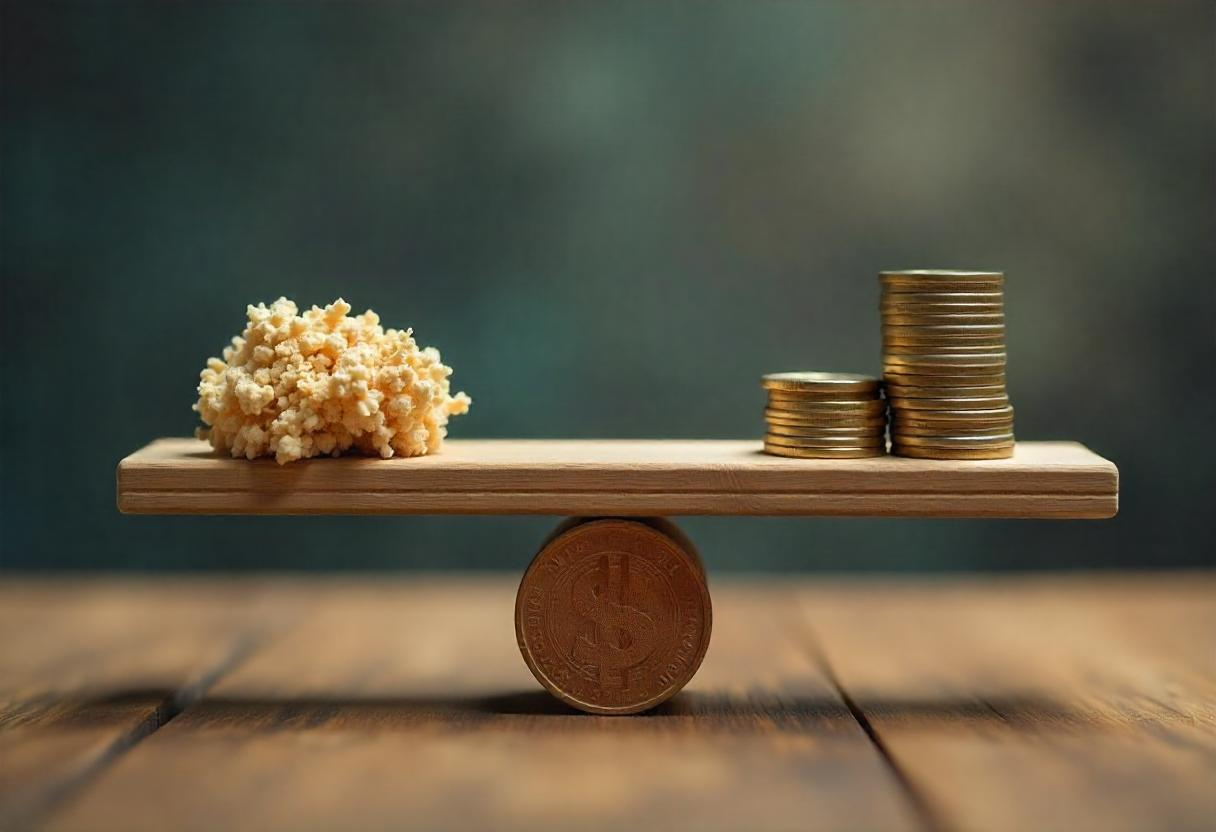In today’s digital age, Non-Fungible Tokens (NFTs) have emerged as a cool way to own, trade, and showcase all kinds of digital assets. With NFTs, creators and collectors alike can establish ownership and value for digital items, setting off new opportunities in gaming, entertainment, and beyond. This article will explore the essential steps to get started with NFTs—from setting up a wallet and choosing a marketplace to managing your growing collection—offering a one-stop guide for anyone looking to dive into the exciting world of NFTs.
What is NFT?
NFT stands for non-fungible token, a digital asset on the blockchain that can sometimes represent a physical item. Each NFT is uniquely identifiable and cannot be replaced by an identical asset. These tokens rely on blockchain technology to ensure their unique attributes are enforced. One example is STEPN Go, a project that utilizes NFTs in the form of digital sneakers that users can buy or rent to enhance their fitness experience.
How is it Different from Traditional Art?
Unlike physical art, digital art can’t be destroyed, giving it a potentially longer lifespan. Stored on the blockchain, digital art benefits from blockchain technology’s security. Additionally, digital art has a global reach, which increases its chances of being sold. In contrast, physical art is typically displayed in specific locations, limiting its audience. Since digital art relies on the internet, it can reach a broader audience with minimal effort, thanks to the Internet’s ability to connect people worldwide.
Advantages of NFTs
NFT art offers artists new possibilities by granting them full ownership of their digital creations, enabling them to sell, rent, or display their work as they choose. This ownership structure has opened new income streams for both artists and collectors, allowing them to monetize their collections more flexibly. Additionally, NFTs make it easier for artists to reach a broader audience, expanding their exposure and participation in emerging digital art spaces.
Use Cases Beyond Digital Art
- NFTs in Gaming: NFTs can be used in games to represent in-game assets, giving players full ownership of their digital items. These items can sometimes be sold for cash on third-party platforms. Aurory, for example, incorporates NFTs for characters and collectibles in its game.
- Virtual Real Estate: In metaverses, NFTs can establish ownership of virtual land, buildings, and other assets. This brings clarity to ownership records and histories, enhancing security against theft and forgery of digital property.
- Music and Entertainment: Entertainment assets, like albums, concert tickets, and movie scenes, can be tokenized as NFTs and traded as collectibles. This model can help creators earn royalties from their NFTs.
- Fashion (digital wearables): NFTs can complement physical fashion products by authenticating ownership. An example is Nike’s CryptoKick system, which manages NFTs tied to the physical footwear purchased by customers.
- Certification and Documentation: Verifying ownership documents can be challenging, but an NFT could serve as a unique, non-duplicable identifier for credentials such as professional licenses. Smart contracts can be deployed to manage and renew these documents based on specific conditions.
Creating NFTs
- Decide on Content: Choose the type of digital asset such as art, music, or video you want to represent on the blockchain as an NFT.
- Select Software: Based on your asset type, choose the appropriate software (e.g., graphic design software for visual art or Digital Audio Workstations for music).
- Create and Export: Develop your digital work, ensuring it meets your creative standards. Once complete, export it in a compatible format.
- Select a Blockchain: Choose a blockchain (like Ethereum, Solana, or Polygon) that supports NFTs and aligns with your needs in terms of cost, speed, and compatibility.
- Choose an NFT Platform: Select an NFT marketplace (such as OpenSea, Rarible, or SuperRare) where you will mint, list, and manage your NFT.
Trading NFTs
As mentioned earlier, NFTs can be traded on NFT marketplaces. To start trading NFTs, follow these steps:
- Set Up a Compatible Wallet: Get a wallet that supports NFTs, such as a mobile wallet or a browser extension wallet like MetaMask.
- Choose an NFT Marketplace: Select an NFT marketplace based on your needs, as different platforms offer various features and types of NFTs.
- Browse NFTs: Once on the marketplace, explore a variety of NFTs and use available filters to simplify your search and find items that interest you.
- Make a Purchase: When you find an NFT you want, complete the transaction using a cryptocurrency accepted by the platform.
- Manage Your Collection: As you continue to acquire NFTs, consider organizing and managing your collection to keep track of your assets effectively.
Conclusion
In this article, we have outlined the essential steps to navigate the world of NFTs, from setting up a compatible wallet and choosing the right marketplace to effectively managing your collection. Looking at how rapidly the ecosystem is progressing, we can expect further improvements and applications across various industries, including art, music, gaming, and real estate.
The potential for NFTs to reshape ownership and monetization in the digital landscape is immense, prompting a shift in how we perceive and value digital assets. Hopefully, NFTs will play a key role in our day-to-day activities in years to come.


